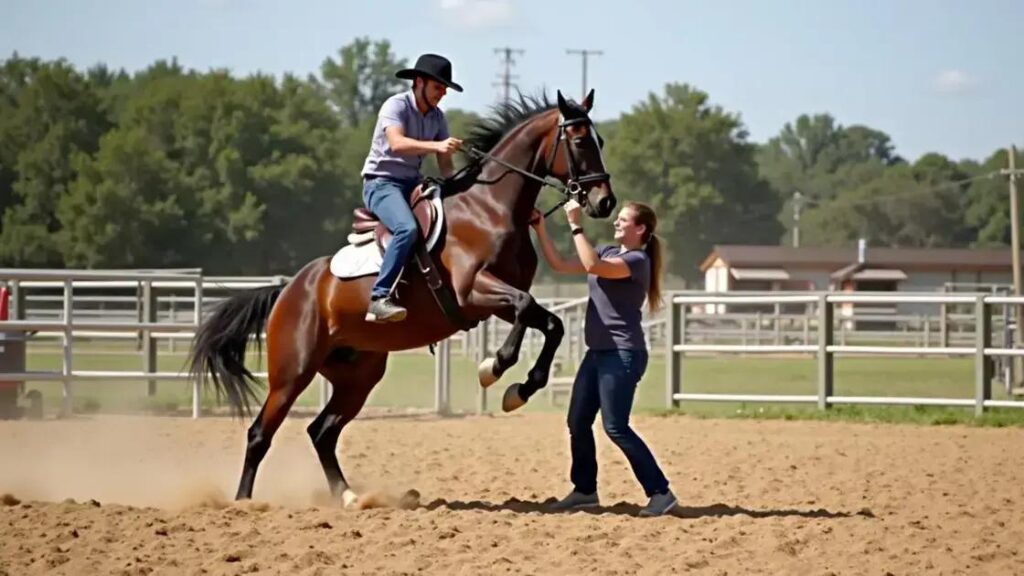The Horse Trick can be a safe and rewarding activity for both horse and trainer, providing benefits like enhanced bonding, improved behavior, and physical stimulation. However, it is essential to follow safety guidelines, monitor your horse’s comfort, and use proper training techniques to mitigate risks.
Curiosity about the safety of the Horse Trick is common among horse owners. Many are eager to engage their horses in fun activities while ensuring their well-being. The Horse Trick, a popular but sometimes misunderstood practice, can be both entertaining and rewarding. In this article, we will explore the essence of the Horse Trick, analyze potential risks, discuss the benefits for both horse and owner, and offer vital safety tips to make this experience enjoyable.
Understanding the Horse Trick
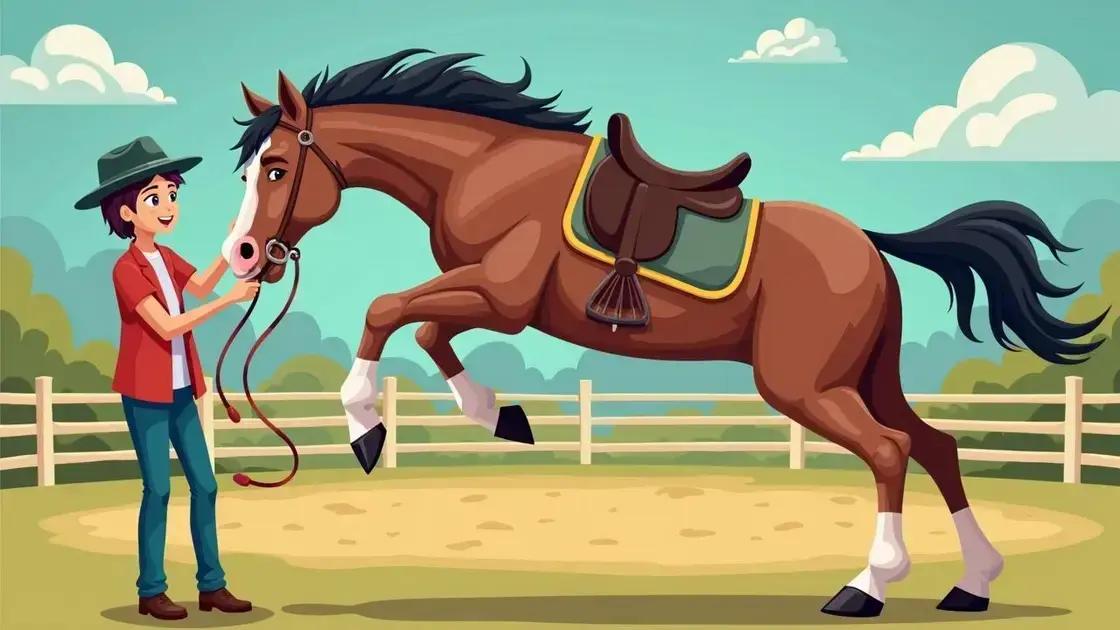
The Horse Trick is a captivating activity that involves training a horse to perform specific movements or behaviors on command. This practice has gained popularity among horse enthusiasts as a way to bond with their equine companions. Understanding the nuances of the Horse Trick is essential to ensure both safety and enjoyment.
What is the Horse Trick?
The Horse Trick can encompass various activities, from simple commands like ‘sit’ to more complex movements, such as jumping over obstacles or spinning in circles. Training typically begins with positive reinforcement, where treats or praise are given for completing commands successfully. This creates a trusting relationship between the horse and trainer.
Importance of Communication
Effective communication is crucial in executing the Horse Trick. Horses are intelligent animals that respond to body language and vocal cues. Using consistent commands and gestures helps the horse understand what is expected, making the training process smoother and more enjoyable.
Establishing a Bond
Training your horse to perform tricks can enhance the bond between you and your horse. It encourages teamwork and trust, as both the horse and trainer learn to rely on each other during the training process. Furthermore, this bond can lead to better behavior and performance in other riding disciplines.
Preparing for Training
Before attempting the Horse Trick, ensure that your horse is in good health and has received proper training for basic commands. A strong foundation in groundwork is essential for success. Always consider the horse’s temperament and comfort level when introducing new tricks, as patience is key in achieving the desired outcomes.
Potential Risks Involved
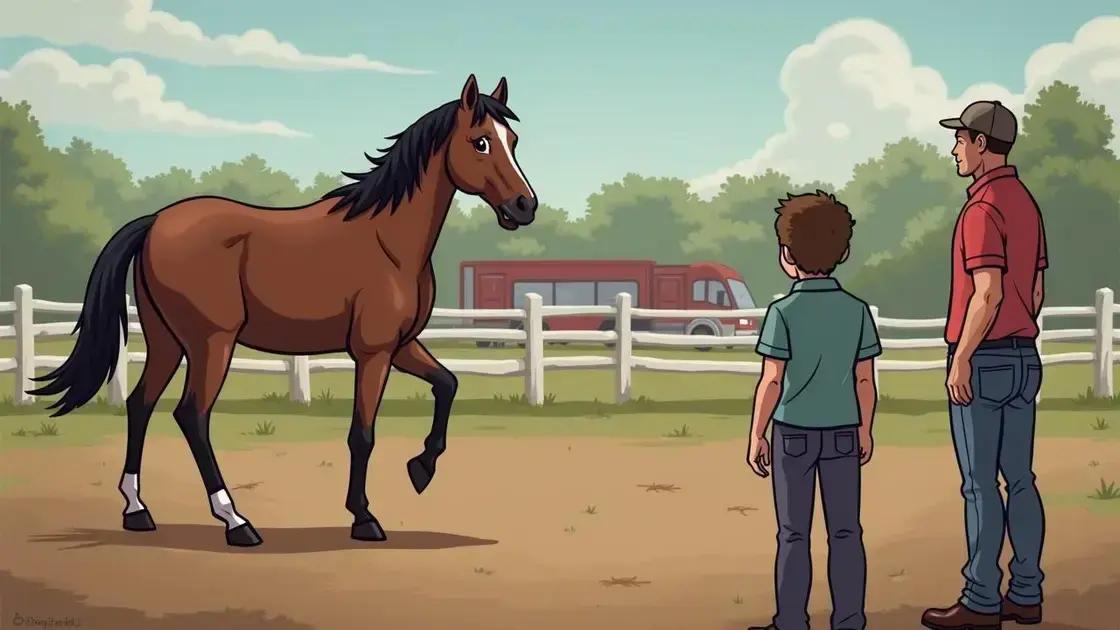
Engaging in the Horse Trick can be exciting, but it’s crucial to recognize the potential risks involved. Understanding these risks will help you better prepare and protect your horse during training.
Physical Injuries
One of the most significant risks is the chance of physical injuries to the horse. Tricks that require the horse to jump or make quick movements can lead to strains, sprains, or even fractures if not executed safely. Always ensure that your horse is in good physical condition and that the tricks are appropriate for their skill level.
Mental Stress
Horses are sensitive creatures, and attempting overly complex tricks too soon may cause mental stress. This can lead to behavioral issues such as resistance, anxiety, or fear. It’s vital to gauge your horse’s comfort level and progress slowly to prevent overwhelming them.
Inadequate Training
Improper training techniques can lead to confusion for both the horse and trainer. If commands are inconsistent or unclear, this may result in unsafe situations. Ensuring that you have a solid understanding of training methods and gradual reinforcement is key to mitigating these risks.
Safety Equipment
Additionally, using improper equipment, such as poorly fitting saddles or restraints, can increase the risk of accidents. Always use well-fitted gear and consider safety equipment like helmets and vests for trainers during practice sessions.
Benefits of the Horse Trick
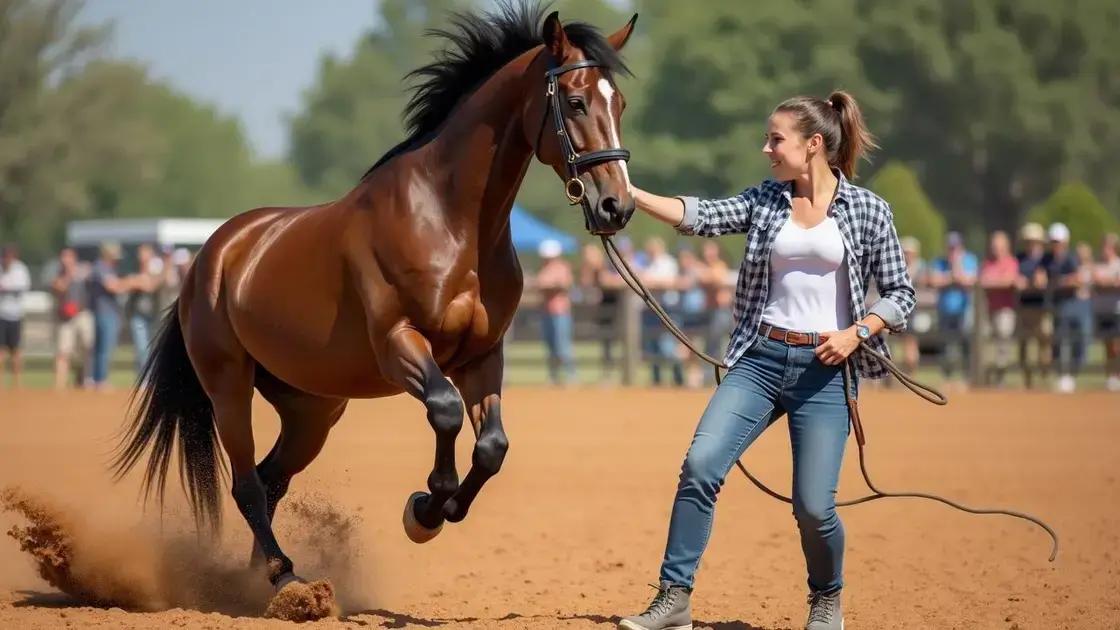
The Horse Trick offers numerous benefits for both the horse and the trainer. Engaging in these activities can enhance the overall experience of horse ownership, promoting a deeper bond and improving skills.
Enhances Bonding
One of the primary benefits is the enhanced bonding between the horse and trainer. Performing tricks requires trust and partnership. As you work together, your horse becomes more responsive and connected to you, fostering a stronger relationship.
Physical and Mental Stimulation
The Horse Trick provides both physical and mental stimulation for your horse. Tricks can improve coordination, balance, and flexibility, contributing to overall fitness. Additionally, mentally engaging your horse helps prevent boredom and encourages learning.
Improves Behavior
Training your horse to perform tricks can lead to improved behavior. Positive reinforcement used during trick training can help teach your horse to respond better to commands in other riding activities. This results in a more well-mannered horse both in and out of the arena.
Boosts Confidence
Tricks can also boost a horse’s confidence. As they master new skills, they gain self-assurance in their abilities. This positive reinforcement makes them more willing to try new things in their training regimen.
Safety Tips for Horse Owners
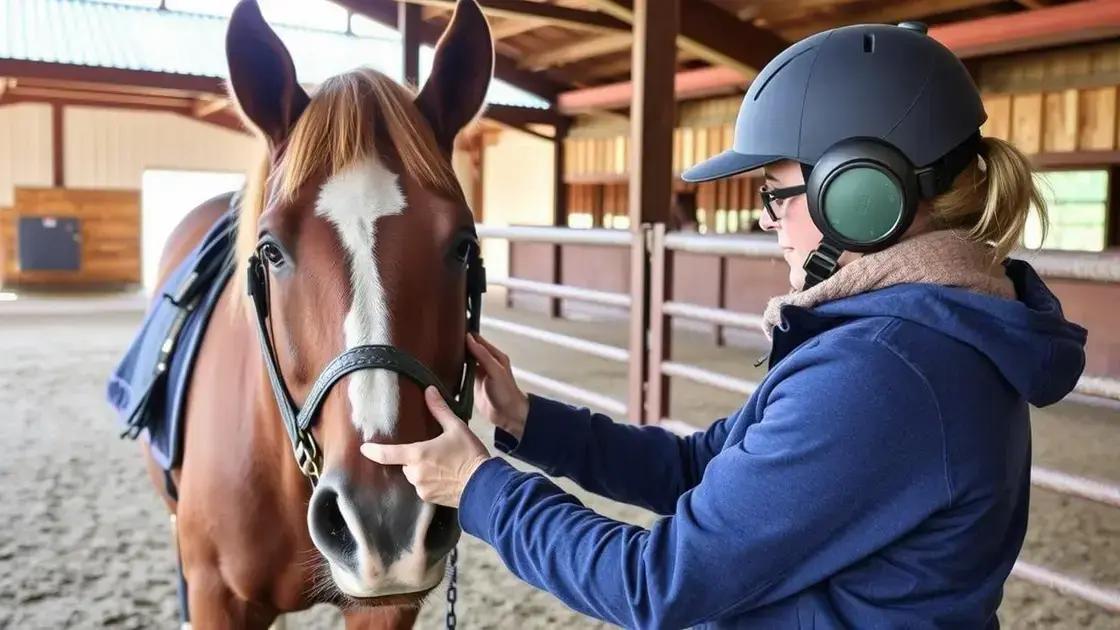
Safety is paramount when engaging in the Horse Trick with your horse. Here are some essential safety tips for horse owners to follow:
1. Assess Your Horse’s Fitness
Before starting any trick training, make sure your horse is physically fit. A vet check can help identify any health issues that might affect performance. Keep in mind that inexperienced horses may need more foundational training before attempting tricks.
2. Choose a Safe Training Area
Always practice tricks in a safe and enclosed area, such as an arena or round pen. This helps prevent accidents caused by uncontrolled environments. Ensure the area is free of hazards, such as sharp objects or uneven ground, that could lead to injury.
3. Use Proper Equipment
Ensure that your horse is equipped with well-fitted tack. Using safe, appropriate gear helps prevent injuries. A helmet and protective gear for the trainer are also recommended to ensure everyone’s safety during training.
4. Gradual Progression
Start with basic commands and gradually progress to more complex tricks. This allows the horse to build confidence and understanding over time. Rushing the process may lead to mistakes, injuries, or frustration for both you and your horse.
5. Monitor Your Horse’s Reaction
Always pay close attention to your horse’s body language and reactions. If your horse shows signs of stress or discomfort, stop the training immediately. Patience is key to maintaining a positive training experience.
6. Enlist Professional Help
If you’re unsure about how to proceed with training, consider seeking help from a professional trainer. They can offer valuable insights and techniques for safely teaching tricks.
In Summary: Understanding the Horse Trick
Engaging in the Horse Trick provides both horse owners and their equine companions with unique opportunities for growth and bonding. While it comes with certain risks, understanding how to train safely can greatly enhance the experience for both the horse and the trainer.
By following best practices and implementing appropriate safety measures, horse owners can enjoy the many benefits of trick training. These include improved behavior, enhanced confidence, and a stronger bond between horse and trainer. As with any training method, patience and consistency are essential to achieving positive results.
Ultimately, the Horse Trick can be a joyful and fulfilling experience when approached with knowledge and care. Embrace the journey and celebrate the special moments shared with your horse along the way.
FAQ – Frequently Asked Questions about the Horse Trick
Is the Horse Trick safe for my horse?
Yes, the Horse Trick can be safe when done correctly. Ensuring proper training, monitoring your horse’s reactions, and using safe equipment are key.
What are the benefits of teaching my horse tricks?
Teaching your horse tricks can enhance bonding, improve behavior, boost confidence, and provide both physical and mental stimulation.
What are some potential risks involved in training my horse?
Potential risks include physical injuries, mental stress, and the possibility of confusion due to inadequate training methods.
How can I ensure my horse’s safety during trick training?
To ensure safety, assess your horse’s fitness, choose a safe training area, use proper equipment, and take a gradual approach to training.
Should I seek professional help for training my horse?
If you’re unsure about your training techniques or how to begin, seeking help from a professional trainer can provide valuable guidance.
How do I know if my horse is comfortable with the tricks?
Monitor your horse’s body language closely. If they show signs of stress or discomfort, stop the training and reassess your approach.

